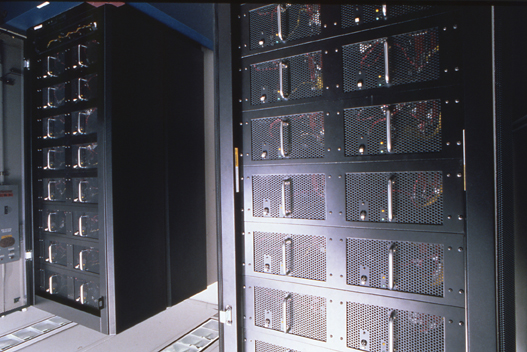It was 15 years ago today that a computer – a conglomeration of transistors, memory, and storage media – could beat a world-class chess player. Called Deep Blue, the machine was part of a mission that culminated in IBM’s creation of a supercomputer that beat chess master Garry Kasparov two wins to one. While the concept is delightfully antiquated today (after all, IBM now makes a computer that can beat us all in Jeopardy and our phones can understand us to an extent unimagined even a decade ago), it was an important turning point in the climb down into the uncanny valley.
Deep Blue, in short, made computers personable.
You can read more about Deep Blue here but the computer won its games in 1997, just at the cusp of the dot-com revolution. Until that time, computing was the purview of a certain group of hard core geeks. The concept of a “game playing” computer that could beat human players was still fanciful at best and even though the video games industry was well entrenched, there was still nothing to encourage the average person to see PCs as anything other than a way to print out spreadsheets. Then, quite suddenly, computing became cool.
Deep Blue was more than just a brute force chess-playing machine. It was the true triumph of hardware over humanity and paved the way for us to implicitly trust our computers, for better or worse. Deep Blue also opened up other vistas including genetic analysis, new biotechnologies, improved AI, and, ultimately, the rise and preponderance of the networked world.
It’s easy to see this computer as a gaming machine. It wasn’t. It was the first machine that scared us enough to learn all we could about computing. It was our turn of the century wake up call.
Happy birthday, Deep Blue.
